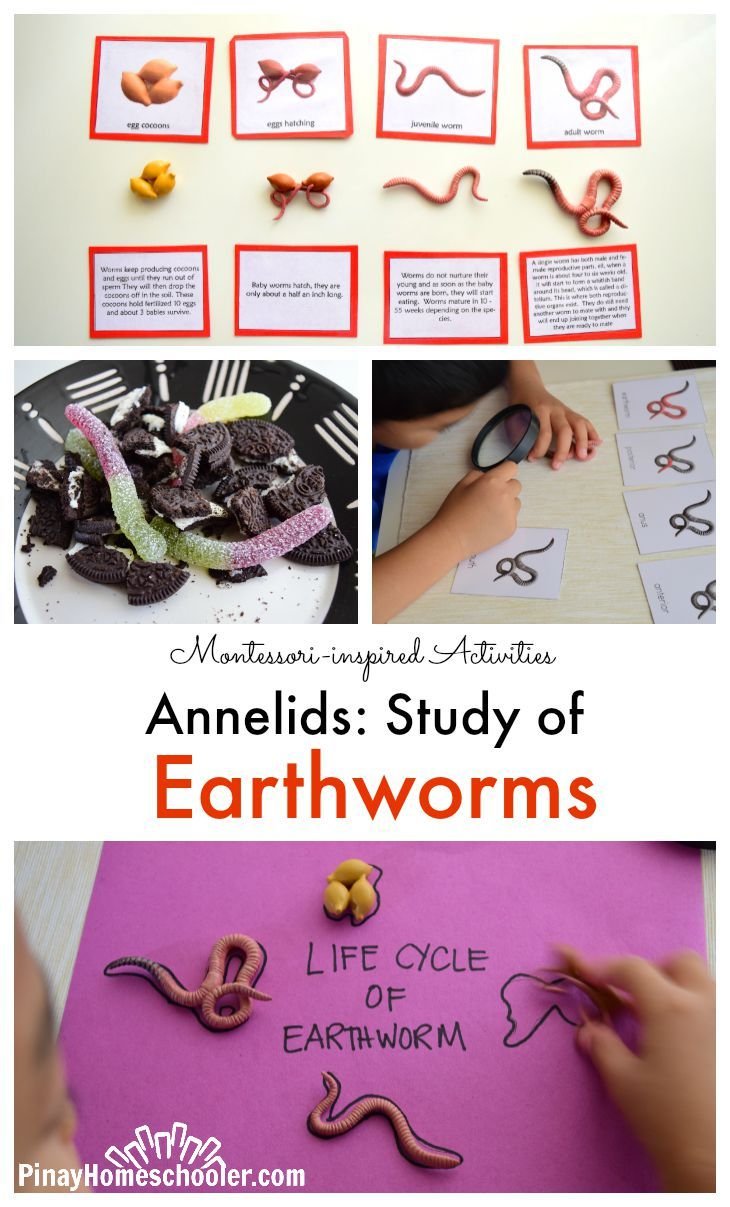
Engaging children with earthworms can spark their curiosity about the natural world and help them understand the importance of every tiny creature. In this article, I’ll share some creative lesson ideas that can make learning about earthworms a hands-on experience filled with discovery and fun. Let’s dig in!
The Magic of Earthworms: Start with a Story
Every great lesson begins with a story. You might want to start by telling your kids why earthworms matter. Imagine a world without them—plants struggling to grow, less fertile soil, and even fewer critters in the garden. By framing your lesson around a narrative, you’re not just teaching facts; you’re also creating a memorable experience.
For instance, picture an earthworm named Wiggles. Wiggles spends his days burrowing through the soil, munching on leaves and helping plants thrive. As you narrate Wiggles’ adventure, ask the kids questions like, “What do you think Wiggles sees underground?” or “How does he help the flowers bloom?” These prompts encourage kids to think critically and get excited about the topic.
Hands-On Exploration: Worm Digging Adventure
There’s no better way to learn than through hands-on experience. Organize a worm digging adventure in a garden or park. Bring along some small shovels, buckets, and magnifying glasses. The thrill of digging up soil and discovering worms in their natural habitat can spark joy and wonder in kids.
While digging, you can discuss what earthworms do. Point out their role in aerating the soil and how they help compost. You might say something like, “Do you see how the soil is looser where Wiggles has been? That’s because he’s been digging tunnels!” This hands-on approach reinforces learning and stirs curiosity.
Observation Stations: Learning Through Senses
Setting up observation stations can be a fun way to engage multiple senses. You can use several containers filled with different substrates—like soil, sand, and compost. Kids can use their senses to explore each station and discover where earthworms thrive best.
At each station, discuss the texture, smell, and appearance of the substances. You might ask questions like, “Which material do you think Wiggles likes best?” or “Why do you think earthworms prefer this spot?” This kind of observation not only informs children about earthworm habitats but also sharpens their critical thinking skills.
Worm Crafts: Get Creative!
After all that digging and exploring, why not channel the kids’ excitement into some creative crafts? Earthworm crafts can be a way to enhance your lesson while letting kids express their creativity.
One idea is to create paper plate earthworms. Provide colorful papers and let the kids cut out worm shapes. They can even draw a happy face on their worms! Another fun craft is using pipe cleaners to create worm models. As they craft, ask them to share facts about earthworms they’ve learned. This way, crafting becomes a fun yet educational activity.
Nature Journals: Document the Journey
Encourage kids to keep nature journals where they can document their adventures and observations about earthworms. They can draw pictures, write stories, or jot down interesting facts. This journal can be a fun keepsake that they’ll cherish long after learning.
To kick off the journaling activity, start with a prompt like, “Write about what you think life is like for Wiggles the earthworm.” You’ll be amazed at their creativity! Plus, journaling reinforces their learning and encourages writing skills.
Earthworm Science: Simple Experiments
Teach kids about earthworm anatomy and life cycles using simple experiments. For instance, you can create a worm habitat using a clear container. Layer soil, leaves, and water, and then introduce a few earthworms. Over the next few days, kids can observe the worms’ movements and behavior.
You might explain how earthworms breathe through their skin and what they eat. Ask questions like, “What do you think happens if we add more food?” This kind of inquiry drives curiosity and reinforces scientific thinking.
Wrap-Up Activities: Share the Knowledge
To wrap up your lessons, consider having a “Worm Parade” where kids can showcase their crafts and findings. They can present their journals, discuss what they’ve learned, and share stories about their adventures with earthworms.
Additionally, you can have a group discussion highlighting the importance of earthworms in gardening and nature. Maybe even plant some seeds together, emphasizing the role earthworms play in helping them flourish.
Ultimately, teaching kids about earthworms can be a delightful journey filled with fun and discovery. With these engaging lesson ideas, you’re not just educating them; you’re also fostering a love for nature that can last a lifetime!
By incorporating storytelling, hands-on exploration, crafts, and discussions, you can make learning about earthworms an unforgettable experience. So grab your shovels, dig deep, and let the adventure begin!

